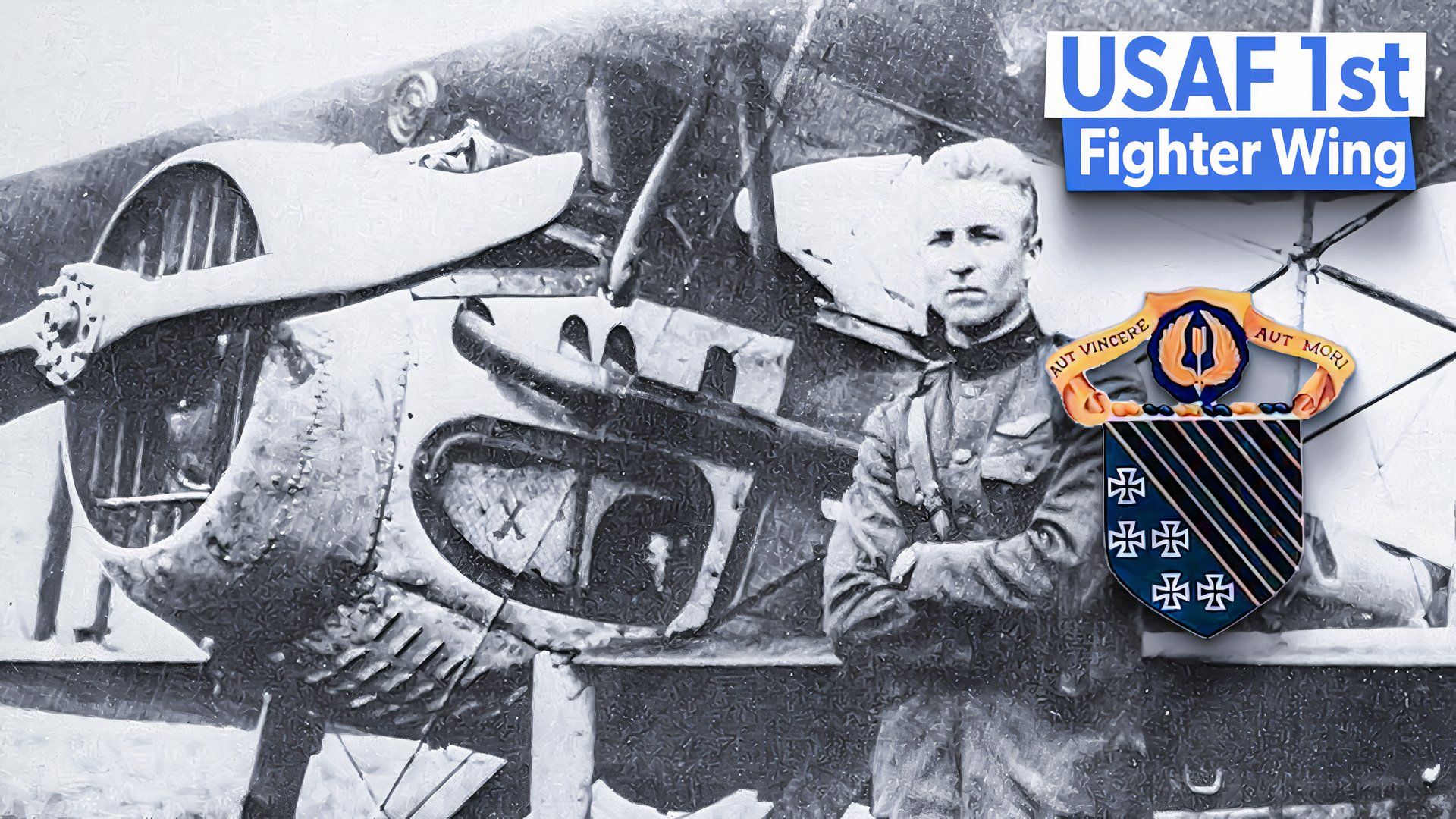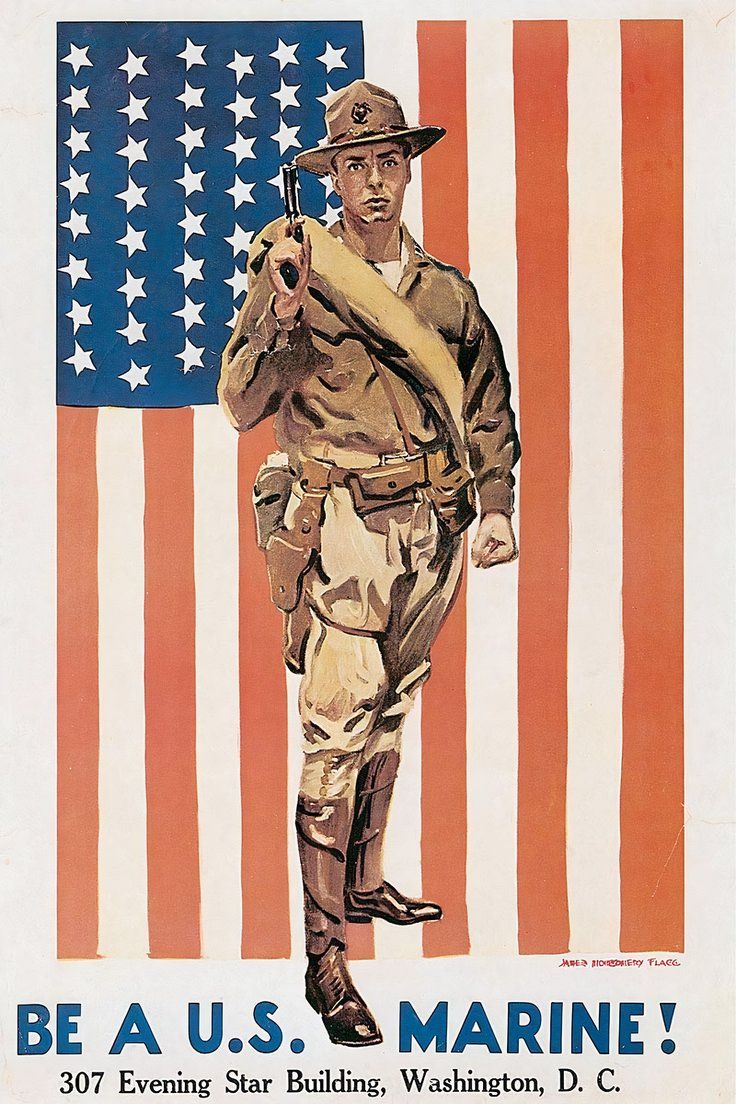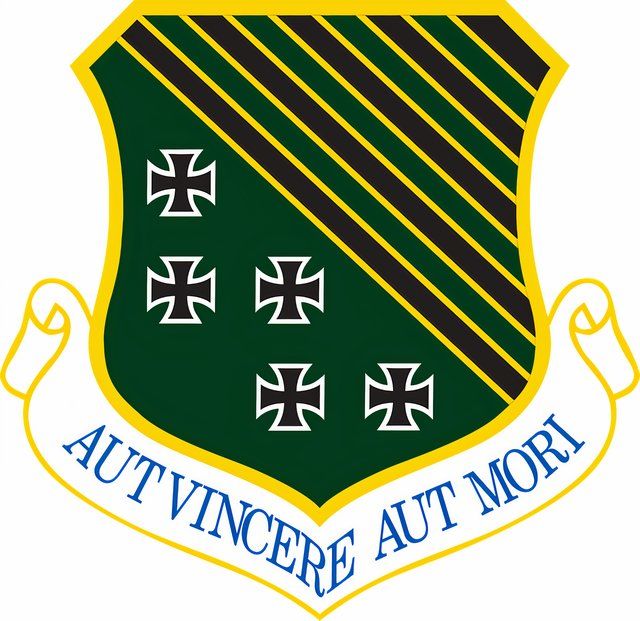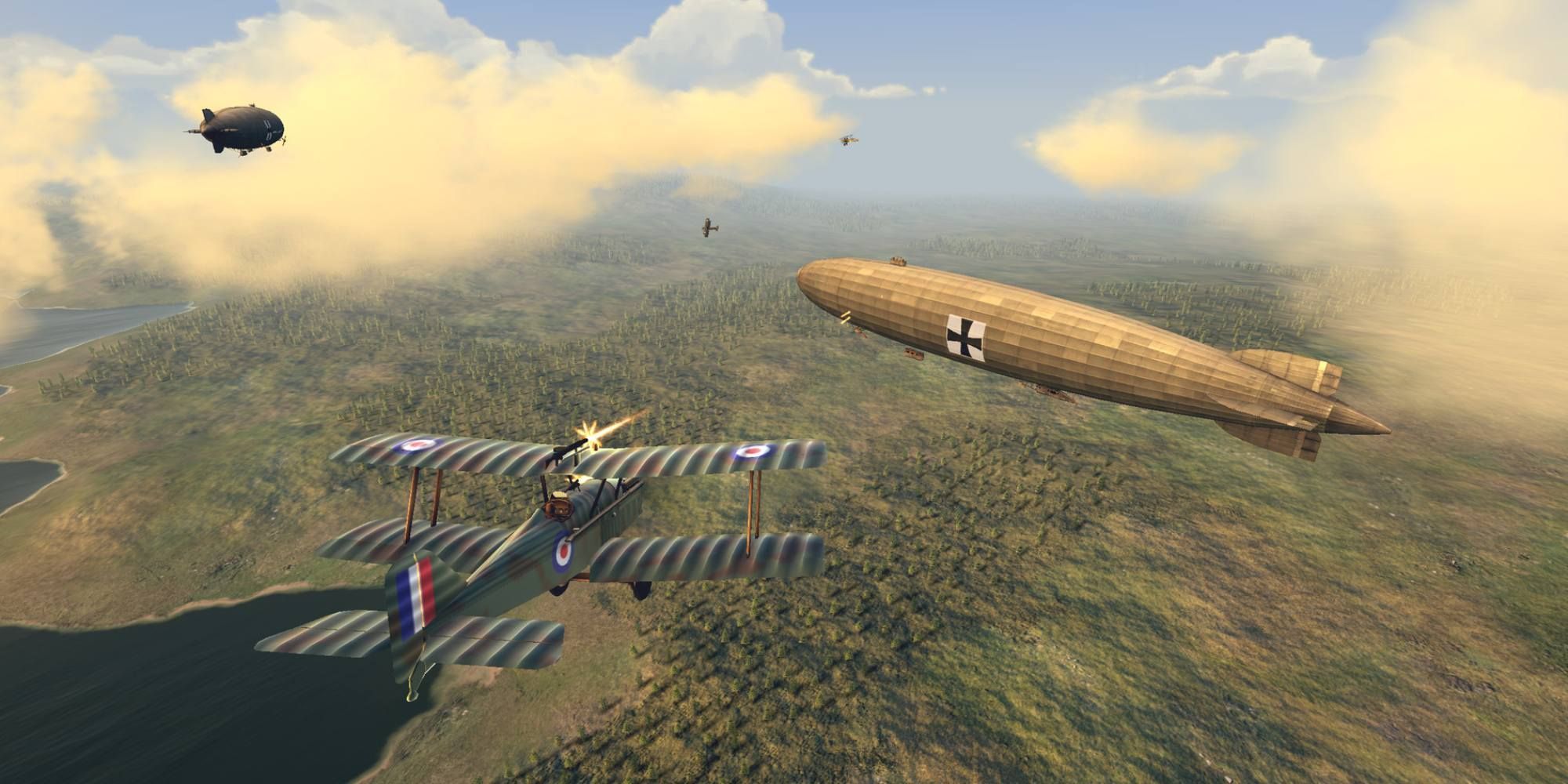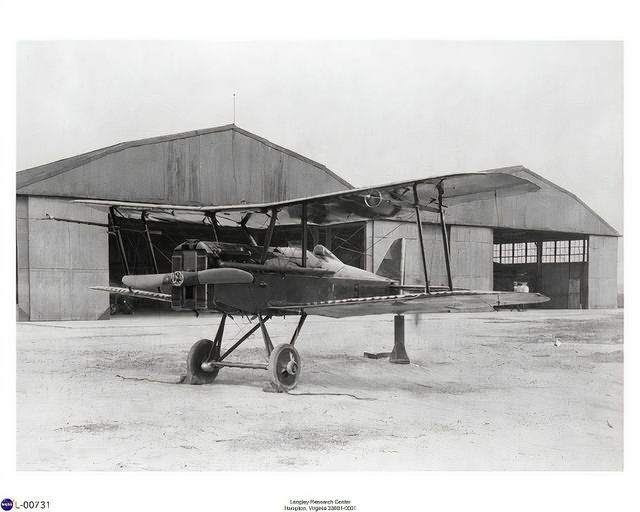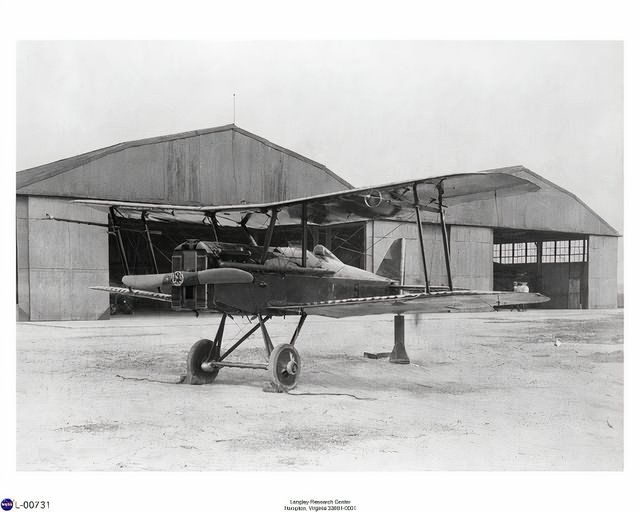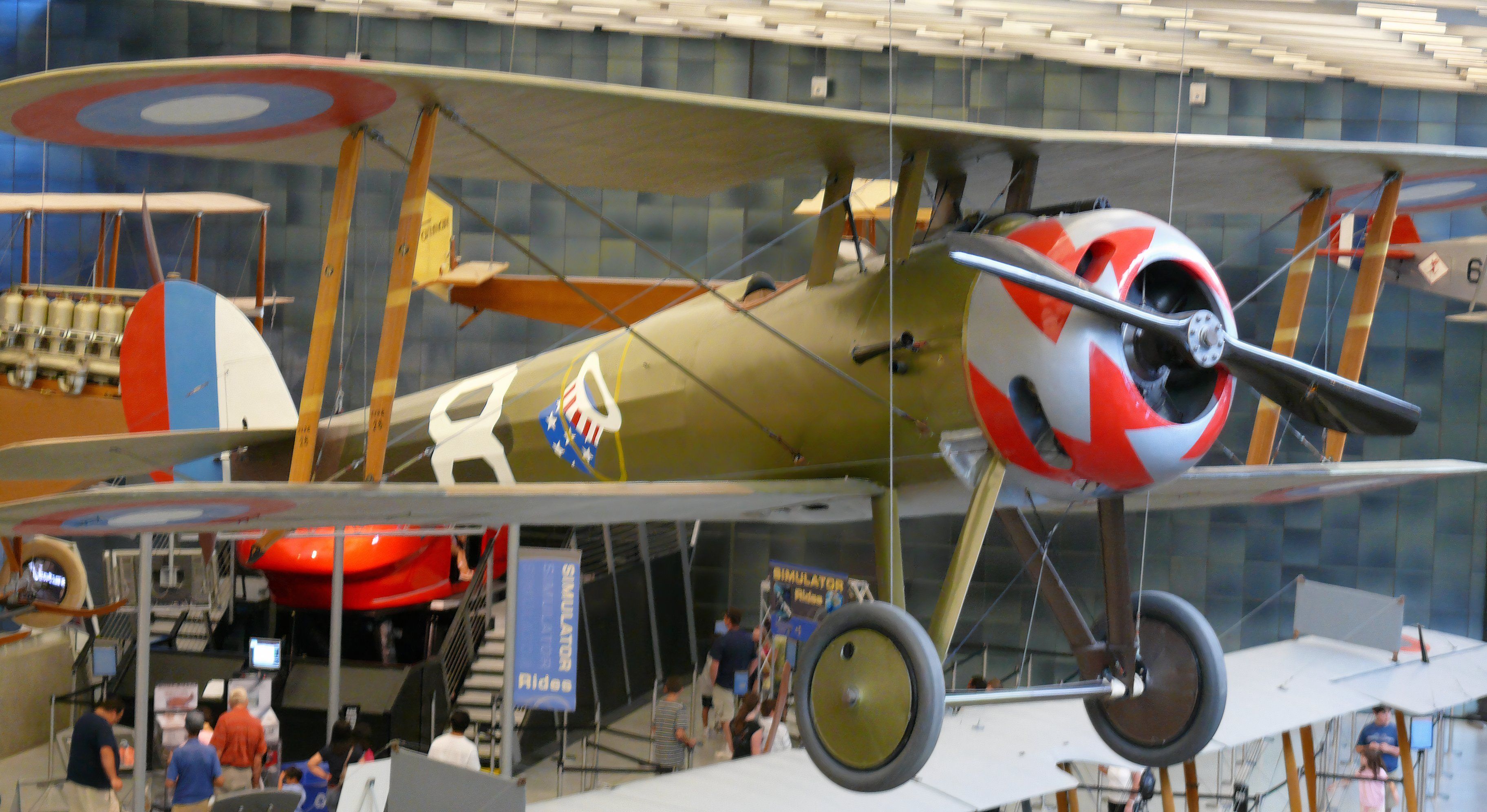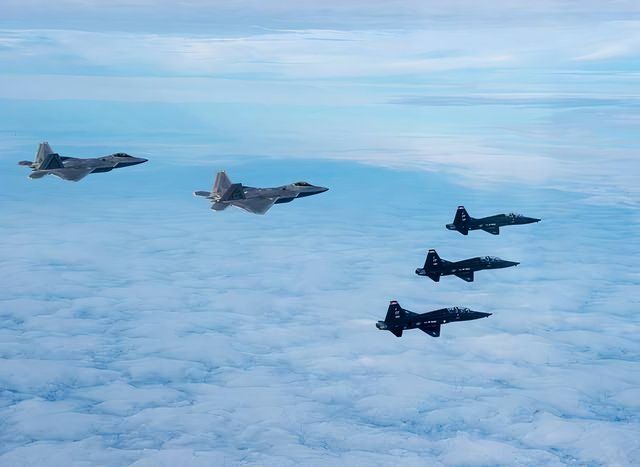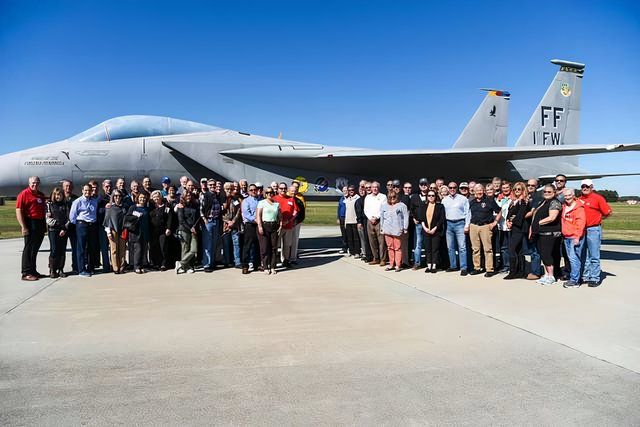In July 1914, World War I broke out in Europe between Germany, Austria-Hungary, and the Allied powers. The American Expeditionary Forces landed in Europe on April 6, 1917, and helped shift the tide in favor of Britain and France, resulting in an Allied triumph over the Central in November 1918.
More than two million Americans had served in the military, while 116,708 had lost their lives. The United States declared after German unrestricted submarine warfare was deemed a war on civilians, despite having avoided involvement in the Great War since 1914.
The US entry into World War I
marked a turning point, enabling Germany’s eventual defeat. The US supplies and extended loans supported the Allies’ military effort against the Central Powers. The US’s economic contribution was decisive, as the Allies had exhausted their means of paying for essential supplies. American loans continued until the war’s end in November 1918 to maintain the flow of arms and food across the Atlantic. The 1st Fighter Wing has made numerous aviation firsts over nine decades of service. It was the first US group-level flying unit to enter air combat and destroy an enemy aircraft in World War I
. The unit was the only US Army fighter group from 1919 to 1932. It deployed en masse over the North Atlantic and destroyed a German aircraft.
The unit’s emblem includes the Latin motto “Aut Vincere Aut Mori,” which translates to “Conquer or Die.” Green and black are the colors of the Army Air Service. The five stripes reflect the initial five squadrons, while the crosses signify the group’s five campaigns in World War I.
The 1st Fighter Wing’s WWI Triumphs
The 1st Fighter Wing is a pillar of Air Force aviation history, dating back to the formation of the 1st Pursuit Group in 1918. The wing’s origins can be traced back to World War I, when the US recognized the importance of aerial combat in warfare. To support this, Aero Squadrons were formed in the US, leading to the formation of the 1st Pursuit Group in France.
Despite a combat record of only nine months (February to November 1918), the Air Service made a respectable showing during World War I. The Air Service downed 756 enemy aircraft and 76 enemy balloons while losing 289 airplanes and 48 balloons. The Air Service’s efforts contributed to the overall strength of the US Army during the war.
warplanes_-ww1-sky-aces-1.jpg
The Aero Squadrons of the American Expeditionary Force AEF were dispersed among various army organizations, making it difficult to coordinate aerial activities. On 5 May 1918, the AEF replaced the 1st Pursuit Organization Center with the 1st Pursuit Group, the first American group-level fighter establishment.
During World War I, the 1st Pursuit Group tested new aircraft and improved fighter tactics in France. On April 14, 1918, the unit recorded its first aerial victory. By the war’s end, it had 202 confirmed kills and seven campaign credits.
Following the triumph, the Air Service’s strength was deemed satisfactory for peacetime. The Army Reorganization Act of 1920 made the Air Service a combatant arm of the Army, with the Chief of the Air Service and his assistant chief holding the rank of major general and brigadier general, respectively.
Tactical air units supported ground forces under nine USA corps area commanders. The Chief of the Air Service retained command of training schools and depots. Significant aeronautical development efforts were concentrated in the Engineering Division. Then, during WWII, the 1st Fighter Group excelled with pilots flying
P-38
Lightning aircraft, providing crucial support to Allied bombing operations.
After World War II, the demobilization of forces reduced the size of the Army Air Forces, leaving the postwar US Air Force with a nucleus. The Continental Air Forces were divided into strategic air command, air defense command, and tactical air command. These commands and the older Air Transport Command provided the foundation for building the postwar, independent Air Force.
The US Air Force aircraft during WWI
Before WWI, aircraft were unarmed, with some pilots carrying pistols and grenades. However, these weapons were limited due to the aircraft’s body. Both sides used darts and other dangerous objects to attack ground troops. As aerial observation became more critical, tactics were developed to shoot down enemy aircraft and protect themselves.
By 1915, forward-firing machine guns were fitted onto aircraft, but the breakthrough came with the invention of an interrupter mechanism. Aerial warfare evolved from lone fighting to larger formations of aircraft and patrols, with ‘air aces’ celebrated as heroes and used for propaganda. Aircraft were also used to support ground troops, often during active battles, with explosives dropped from low altitudes for accuracy.
As numbers increased, equipment improved with the advent of the twin-gun Nieuport 28 and SPAD XIII. The first American-built DH-4 landed in France in May 1918, while the S.E.5a entered American service near the war’s end. The most popular aircraft built in the United States was utilized for observation, artillery spotting, and daylight bombing.
The Nieuport 28 was a biplane fighter first flown by the French government in 1917. It was designed by Gustave Delage and featured a two-spar upper wing and a single-spar lower wing. The aircraft features two Vickers .303-cal. machine guns, a 160-horsepower Gnome N-9 rotary engine, and a maximum speed of 122 MPH (196 km/h).
The US production program focused on providing airplanes and engines for training and aircraft and engines for use in the field. The Air Force was designed to include fighting aircraft and bombers, divided into fixed and rotary engines. The following table represents some of the US-produced aircraft.
|
US Produced Aircraft |
Manufacturing Year |
Details |
|---|---|---|
|
Aeromarine 39 |
1917 |
Early American seaplane for training and observation. |
|
Aeromarine 40 |
1918 |
Early American seaplane for training and observation. |
|
Curtiss H |
1917 |
Large long-range American four-engine bomber. |
|
Curtiss JN-4 (Jenny) |
1917 |
Widely used American trainer aircraft, iconic symbol of WWI. |
|
Curtiss NC (Nancy Boat) |
1918 |
American flying boats are used for patrol and anti-submarine. |
|
Martin MB-1 / Glenn Martin Bomber |
1918 |
Large American bomber for long-range missions. |
|
Packard-Le Pere LUSAC-11 |
1918 |
French-designed fighter aircraft are produced in the US. |
|
Standard J |
1917 |
Small trainer aircraft used by the US Army. |
|
Thomas-Morse S-4 |
1917 |
Fighter aircraft are used by the US Army. |
|
Vought VE-7 Bluebird |
1918 |
Small fighter aircraft used by the US Navy. |
The 1st Fighter Wing from WWI to the Modern Era
The 1st Fighter Wing served in the Korean and Vietnam
Wars. In 1974, the Air Force announced plans to station the first operational F-15C
Eagle Wing. The Wing received its first F-15C Eagle aircraft in 1976 and its first Air Force Outstanding Unit Award. Tactical Fighter Wing participated in worldwide deployments and training exercises throughout the 1980s.
The wing deployed 48 aircraft to Saudi Arabia, amassing 4,207 sorties by 1991. The F-15C Eagle, deployed to Operation Desert Shield, participated in a significant theater exercise and successfully tested new limits on Joint Direct Attack Munitions. By March 2002, it deployed a dozen F-15s and over 600 airmen to Iraq
, dominating airspace and intimidating the
Iraqi Air Force
.
In 2002, the Air Force announced plans to bring the F-22 Raptor into combat operational status. The first Raptor arrived in 2005, serving as a trainer for maintenance personnel. The 27th Fighter Squadron was announced as fully operational, capable of flying, fighting, and winning with the F-22. Today, the 1 FW houses the 1st Operations Group, the 94 FS, and the 71st FS, as well as the 1st Maintenance Group.
The 1st Fighter Wing, located at Joint Base Langley-Eustis, currently manages half of the US Air Force’s F-22 inventory. It deploys F-22s globally to support Combatant Commander tasks and ensures the combat readiness of F-22 Air Superiority forces.
The wing comprises three squadrons: an Adversary Air Squadron, a Training Support Squadron, an Operations Support Squadron, and five squadrons. With 2,212 airmen, the wing conducts an annual flying hours program of $750 million and sustains two airfields. In 2023, the 1st Fighter Wing added the F-22 Formal Training Unit (FTU), preparing pilots for Combat Mission-Ready F-22 pilots.

